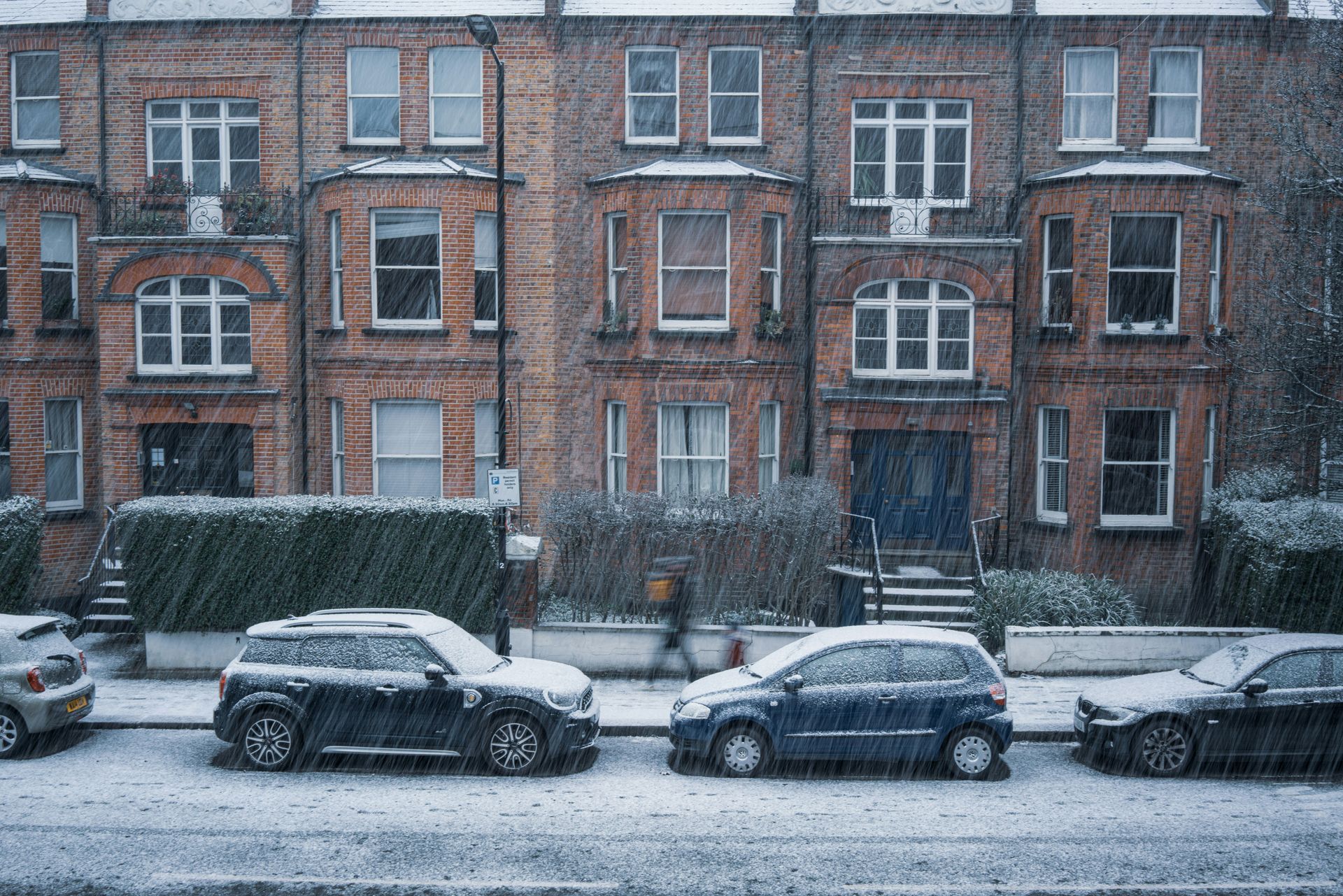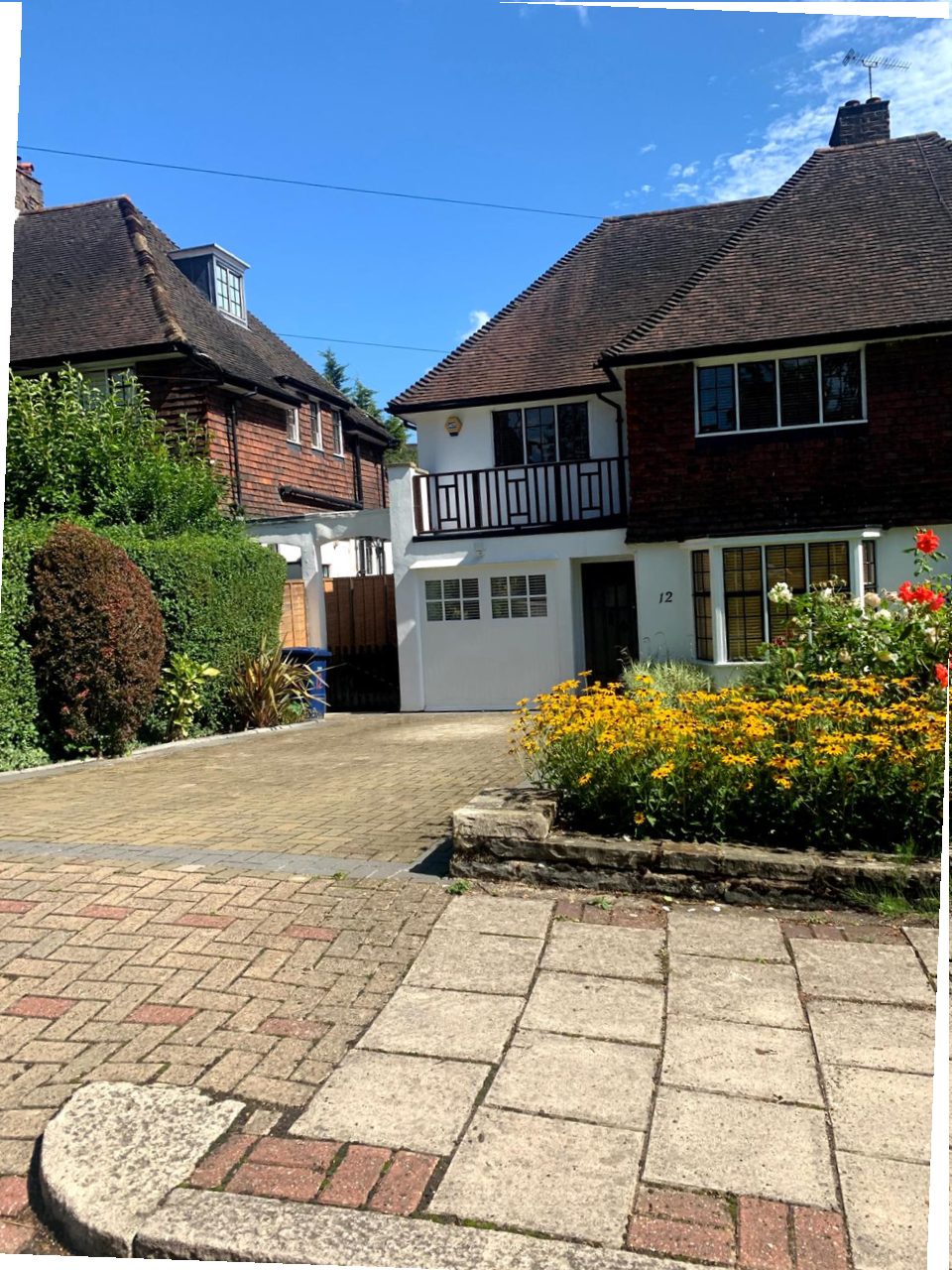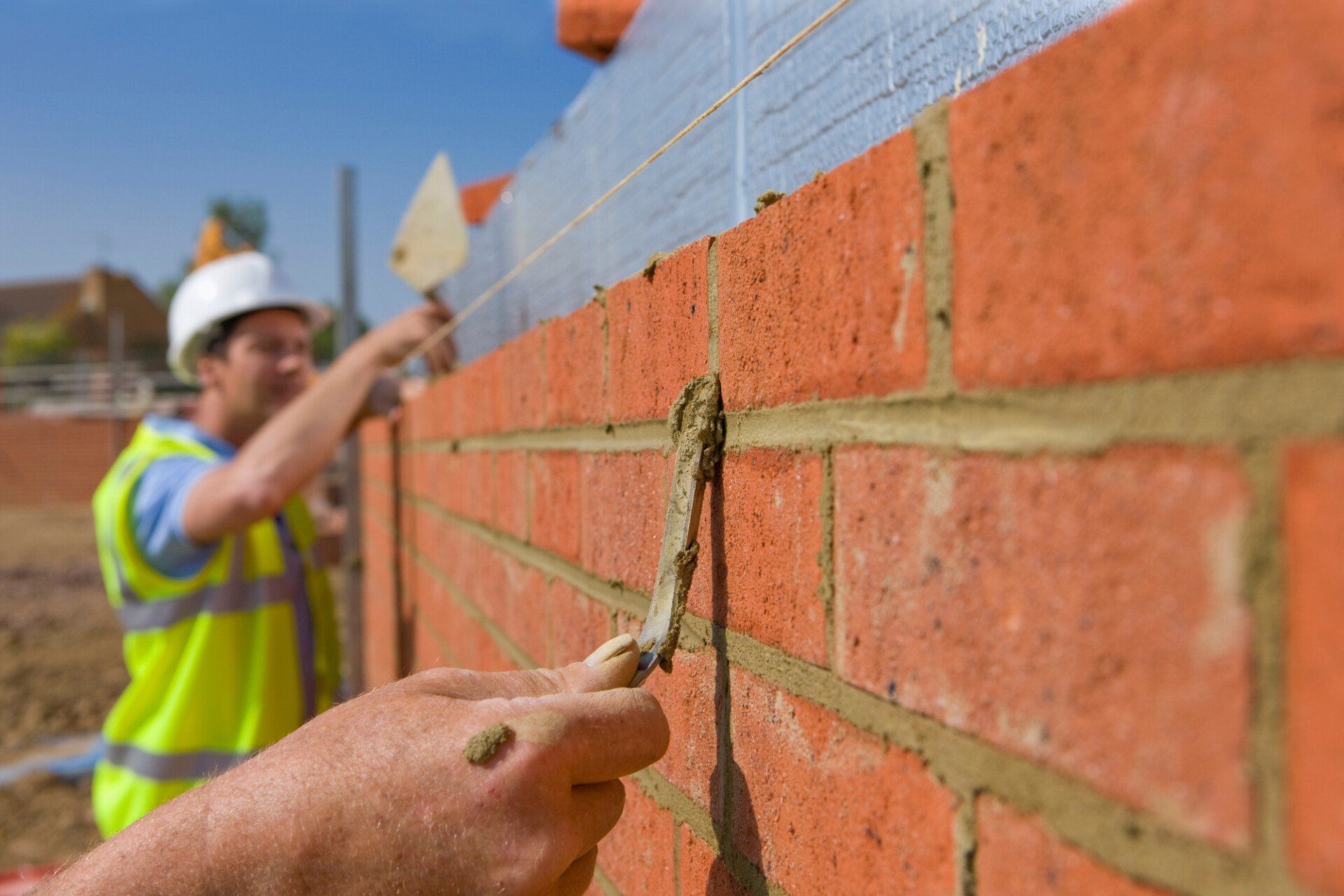The role of a Third Surveyor
A Party Wall Notice is a critical document when planning construction or renovation work near a shared boundary or party wall. To protect the interests of all parties involved, it's crucial that the notice is valid and compliant with relevant regulations. In this comprehensive guide, we'll explore the key elements and requirements that make a Party Wall Notice legally valid and effective.
Understanding the Party Wall Act
The Party Wall Act 1996 is a piece of UK legislation that regulates construction work that may affect party walls, shared boundaries, or adjacent properties. The Act outlines the procedures and obligations for property owners planning such work. A valid Party Wall Notice is the initial step in this process.
The Purpose of a Party Wall Notice
A Party Wall Notice serves several purposes, primarily:
a. Notifying Neighbors: It informs adjoining property owners (adjacent owners) about planned construction or renovation work that may affect their property.
b. Outlining Rights and Obligations: The notice clarifies the rights and responsibilities of both the building owner (the party undertaking the work) and the adjoining owner.
c. Providing an Opportunity to Dissent: It offers the adjoining owner the chance to consent or dissent to the proposed work. Dissenting triggers the dispute resolution process outlined in the Act.
Types of Work Requiring a Party Wall Notice
Not all construction work requires a Party Wall Notice. It is essential to determine if your project falls within the Act's scope. Generally, you need a notice for:
a. Excavations: If you plan to excavate near a party wall or boundary, even if the construction itself is on your property.
b. Construction or Alteration of Party Walls: Any work involving party walls, including demolition, reinforcement, or alterations.
c. New Walls at the Boundary: If you intend to build a new wall on or astride the boundary between your property and your neighbor's.
d. Extensions or Loft Conversions: If your project affects a shared wall, such as building an extension or converting your loft that affects the party wall.
Party Wall Notice Content
A valid Party Wall Notice must contain specific information, including:
a. Names and Addresses: The full names and addresses of both the building owner and the adjoining owner.
b. Description of the Work: A clear and concise description of the proposed construction work, including drawings or plans if available.
c. Start Date: The date when the work is expected to commence. This should allow sufficient time for the adjoining owner to respond.
d. Notice Period: The notice period varies based on the type of work. For most work, it's typically two months, but for excavation work, it's one month.
e. Signature: The notice must be signed by the building owner.
Serving the Party Wall Notice
Properly serving the Party Wall Notice is crucial for its validity. There are three acceptable methods:
a. Personal Delivery: Hand-delivering the notice to the adjoining owner or their authorized representative.
b. Registered Post: Sending the notice by registered or recorded delivery to the adjoining owner's last known address.
c. Email or Fax: Sending the notice electronically if the adjoining owner has agreed to receive it in this format.
Ensure that you keep records of the delivery method and receipt, as proof of service may be necessary in case of disputes.
Response from the Adjoining Owner
Upon receiving the Party Wall Notice, the adjoining owner has three options:
a. Consent: If they agree to the proposed work, they should provide written consent to the building owner.
b. Dissent: If they disagree or have concerns, they can dissent in writing within the notice period.
c. Not Respond: If the adjoining owner does not respond within the notice period, they are deemed to have dissented, and the dispute resolution process may commence.
Dissent and the Dispute Resolution Process
Dissent triggers a dispute that must be resolved before construction can proceed. The Act provides for several dispute resolution methods:
a. Party Wall Agreement: Building owners can appoint a surveyor to draft a Party Wall Agreement that outlines how the work will proceed while protecting the interests of both parties.
b. Adjoining Owner's Surveyor: If the adjoining owner dissents, they can appoint their surveyor to work alongside the building owner's surveyor to resolve disputes.
c. Third Surveyor: If the two appointed surveyors cannot agree on a matter, a third surveyor is appointed to make a binding decision.
d. Magistrates' Court: As a last resort, disputes can be taken to a Magistrates' Court for resolution.
Validity and Timing of the Party Wall Notice
A Party Wall Notice is valid if it meets the content requirements, is properly served, and the notice period allows sufficient time for the adjoining owner to respond. It is advisable to serve the notice well in advance of the planned construction start date to avoid delays.
Costs and Expenses
The Party Wall Act outlines that the building owner is generally responsible for the surveyors' fees, including the adjoining owner's surveyor in case of dissent. However, the costs can vary based on the complexity of the project and the dispute resolution method chosen.
A valid Party Wall Notice is the foundation for successful and legally compliant construction or renovation work near party walls or shared boundaries. Understanding the Act's requirements and adhering to them is crucial for a smooth process and avoiding disputes. Always consult with a qualified surveyor or legal expert to ensure you follow the correct procedures and protect your interests as both a building owner and an adjoining owner.
For more information call us at 020 3875 9279 or email us.









